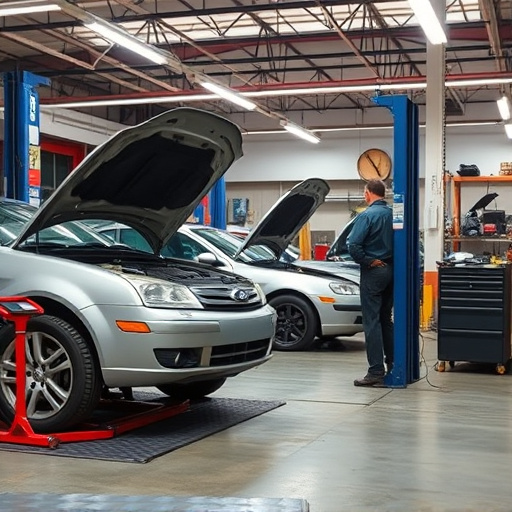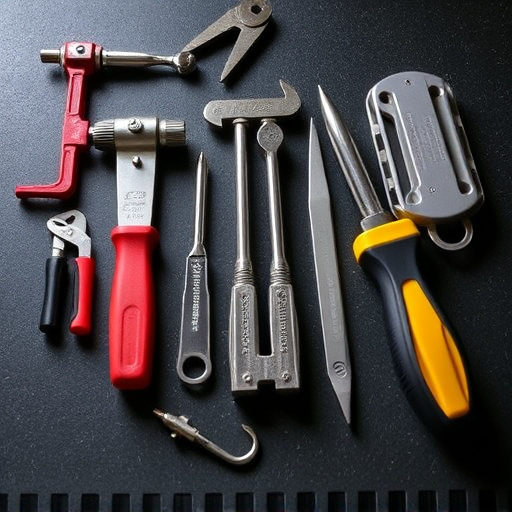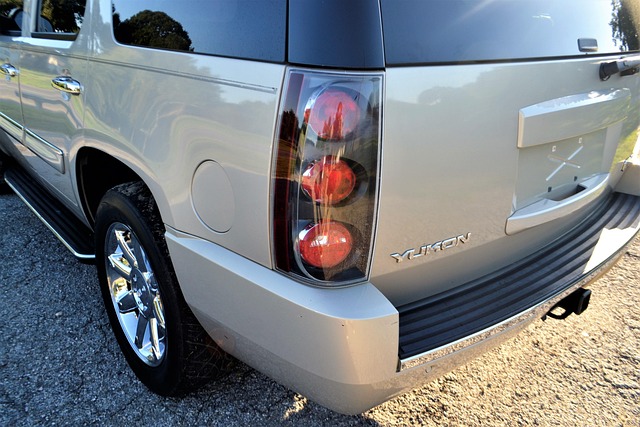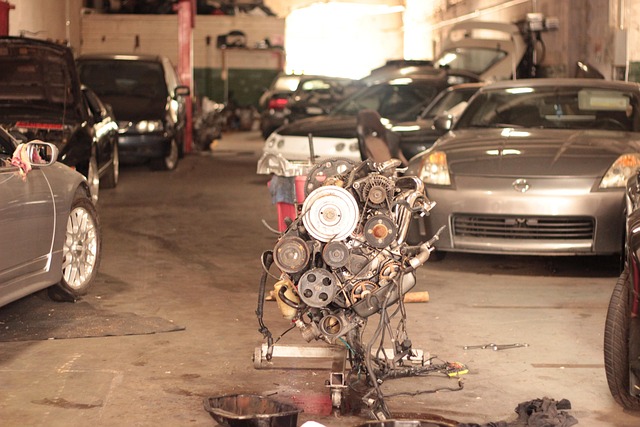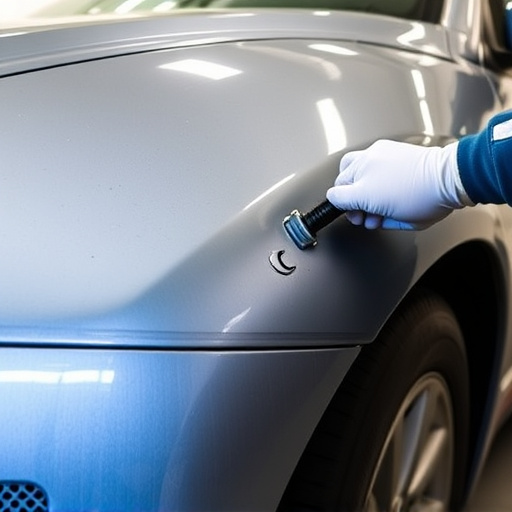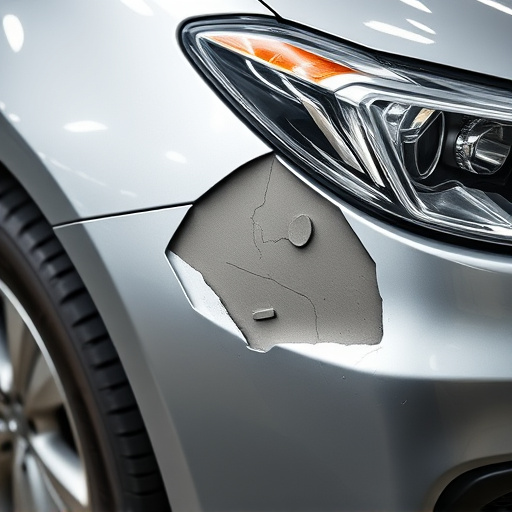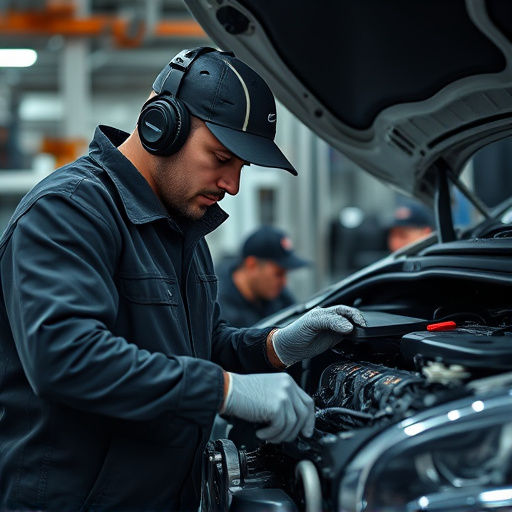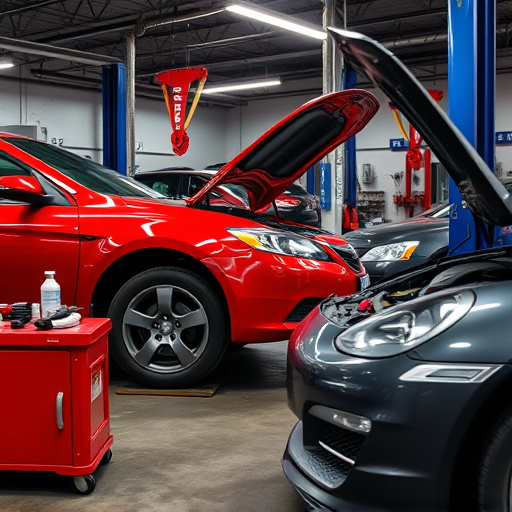In a competitive repair market, effective repair expectations management is key to success. It involves setting clear expectations, transparent communication, tailored solutions, and timely service. By leveraging technology for accurate scheduling and updates, shops build trust, foster loyalty through excellent repairs, and encourage positive word-of-mouth referrals.
In today’s competitive market, managing customer expectations is paramount, especially in repair services. This article delves into the intricate relationship between repair expectations management and its profound impact on fostering customer loyalty. We explore strategies for understanding and fulfilling client expectations, focusing on effective communication, prompt service, and quality assurance. By implementing these tactics, businesses can transform repairs from mere transactions to experiences that build lasting brand affinity.
- Understanding Customer Expectations in Repair Services
- Strategies for Effective Repair Expectations Management
- Measuring and Enhancing Customer Loyalty Through Repairs
Understanding Customer Expectations in Repair Services
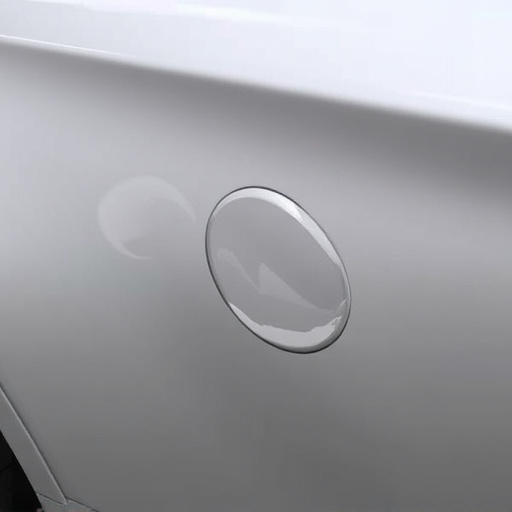
In the realm of repair services, understanding customer expectations is akin to navigating a bustling metropolis—it’s a dynamic landscape that demands meticulous attention. Customers, whether facing a minor scratch repair or a significant fender bender, enter an automotive body shop with certain assumptions and desires. They expect swift service, accurate estimates, quality workmanship, and a return to their vehicle in a timely manner. Moreover, effective communication becomes vital; customers yearn for regular updates on the repair progress, transparent pricing, and a problem-solving approach that addresses their unique needs.
Repair expectations management is not merely about fulfilling these basic demands but exceeding them. An automotive body shop that masterfully manages customer expectations can foster loyalty through exceptional service. This involves recognizing that each customer brings with them specific concerns and preferences, be it the desire for a quick turnaround time or an insistence on using eco-friendly materials for scratch repair. By proactively addressing these expectations, offering tailored solutions, and ensuring transparency throughout the process, a shop can build trust and encourage repeat business, thereby solidifying its reputation as a reliable partner in automotive care.
Strategies for Effective Repair Expectations Management

Effective repair expectations management involves a strategic approach that starts from the moment a customer walks in or reports a service need. The primary goal is to set clear and realistic expectations about turnaround times, costs, and the final outcome. This can be achieved by providing transparent communication throughout the process. For instance, staff at a vehicle body shop or collision center should offer detailed estimates, explain each step of the repair process, and keep customers updated on progress. This ensures that customers stay engaged and informed, reducing uncertainty and potential dissatisfaction.
Additionally, leveraging technology to streamline operations can significantly enhance repair expectations management. Digital tools enable accurate scheduling, efficient inventory management, and real-time updates. In a vehicle restoration context, these technologies can help in precise damage assessment, ensuring repairs are conducted to the highest standards while adhering to customer timelines. By combining transparent communication with technological advancements, both vehicle body shops and collision centers can foster a sense of trust and loyalty among their clientele.
Measuring and Enhancing Customer Loyalty Through Repairs
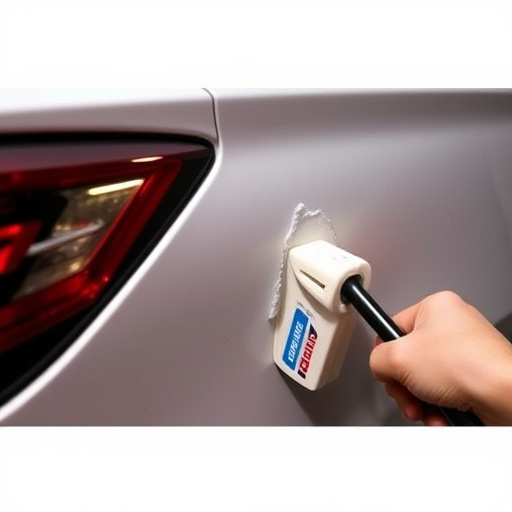
Measuring and enhancing customer loyalty through repairs is a key aspect of any successful automotive body shop. By implementing effective repair expectations management, businesses can significantly improve their customer relationships. This involves setting clear, realistic expectations from the outset, ensuring transparency throughout the repair process, and consistently delivering high-quality work. When customers feel informed and satisfied with the outcome, it fosters trust and encourages repeat business.
In the realm of automotive body shops, managing customer expectations for repairs, including hail damage repair or collision damage repair, is crucial. Clear communication about timelines, costs, and the quality of parts used not only meets but exceeds customer expectations. Satisfied customers are more likely to become loyal patrons, promoting positive word-of-mouth referrals and strengthening the reputation of the shop in a competitive market.
Repair expectations management is a powerful tool to foster customer loyalty. By understanding customer expectations in repair services, implementing effective strategies, and measuring their impact, businesses can significantly enhance client satisfaction and build stronger relationships. This holistic approach ensures that every interaction, from initial service to post-repair follow-up, aligns with or exceeds customer expectations, ultimately driving loyalty and repeat business.
